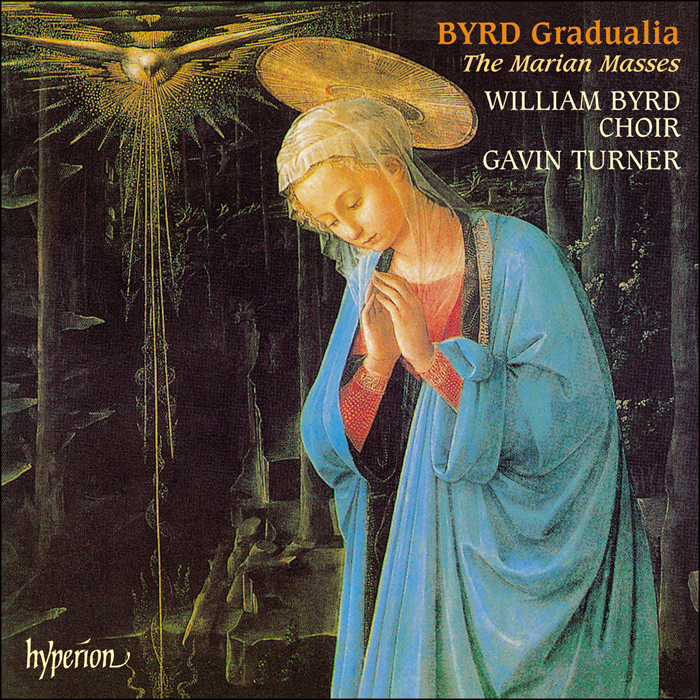Byrd: Gradualia - The Marian Masses
William Byrd Choir, Gavin Turner (conductor)
CDA66451
William Byrd, the leading composer in Elizabethan England, appears to have retired from active life at court around 1593, his fiftieth year. He moved his family from Harlington (near the present Heathrow airport) to a village on the other side of London deep in the Essex countryside. His new home at Stondon Massey was a few miles from Ingatestone, the more private of the two Essex seats of a landed magnate named Sir John Petre, one of Byrd’s richest patrons. Like Byrd and his family, the Petres were Roman Catholics, and Ingatestone was a protected centre where the Roman liturgy could be celebrated with little interference from hostile authorities. Byrd’s move also marked the beginning of a new phase in his composition. Motets of protest and tribulation, written in an expansive and often madrigalian style, and clearly aimed at the situation of the Roman Catholic minority in England, had been characteristic of the Cantiones Sacrae of 1589 and 1591. From 1593 onwards Byrd conceived and brought to completion an ambitious plan to provide music for the Roman liturgy (and for extra-liturgical devotions) in a more concentrated, terse style that in many ways suited the requirements of the Catholic reformers, especially the Jesuits to whom he seems to have been especially close.

